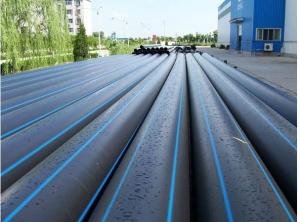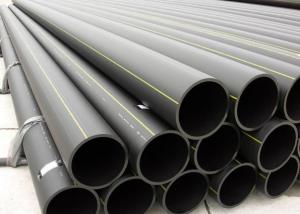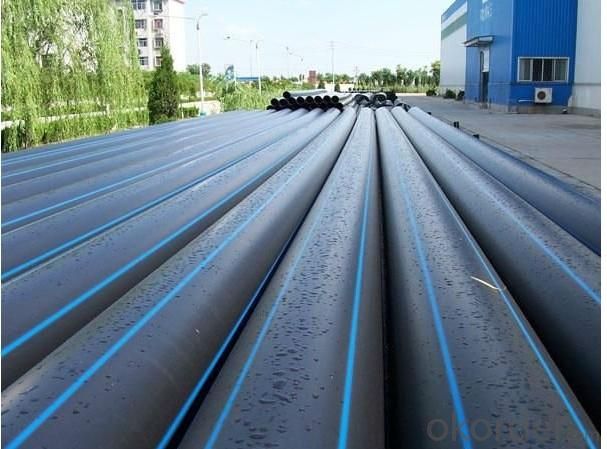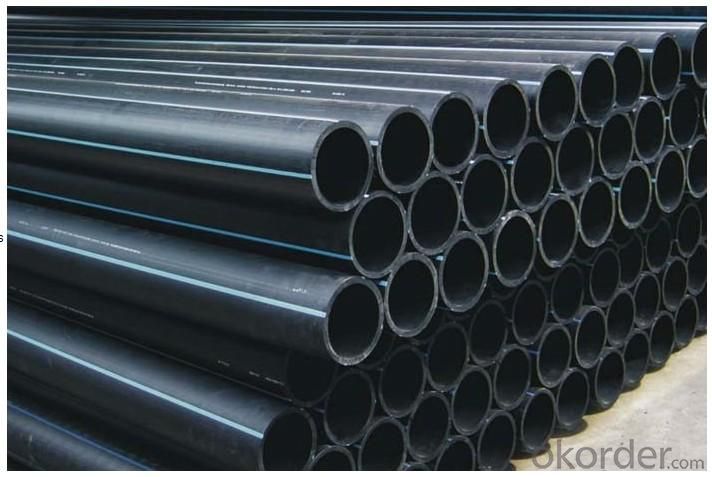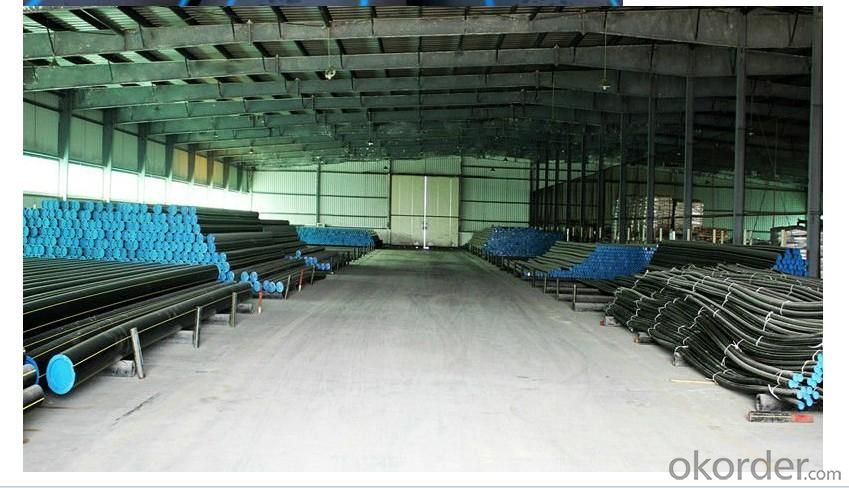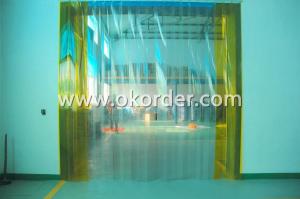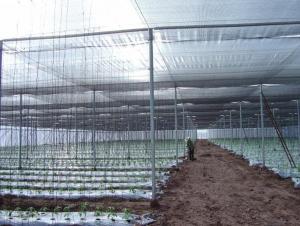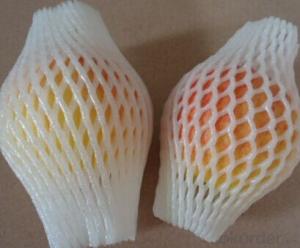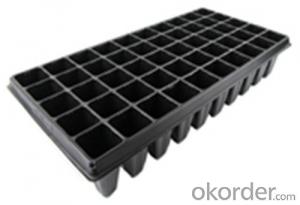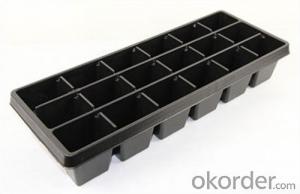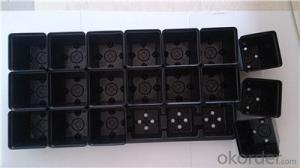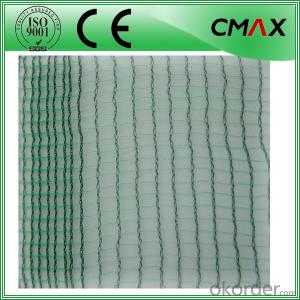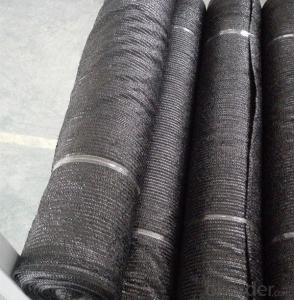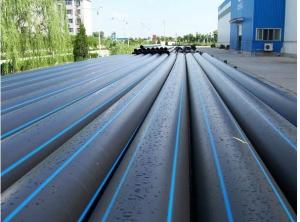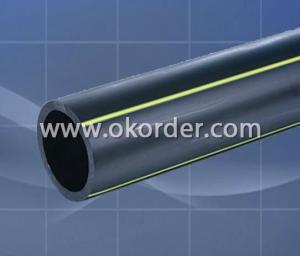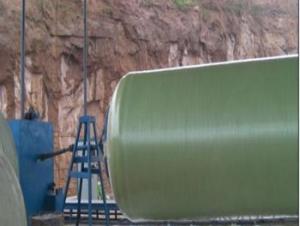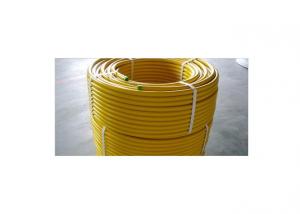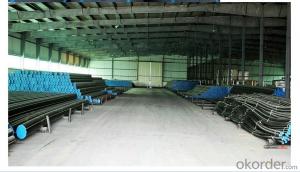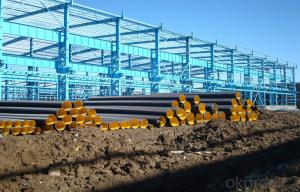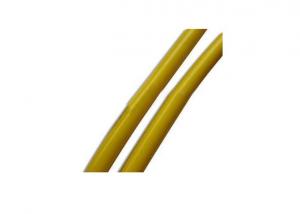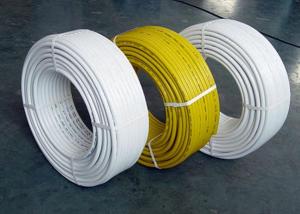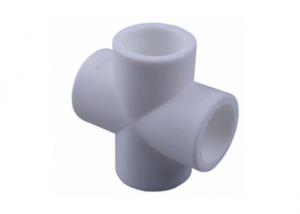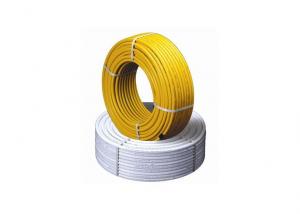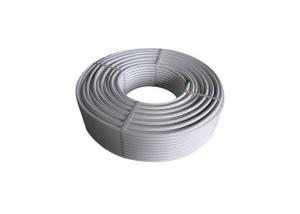HDPE Composite Water Pipes
- Loading Port:
- China Main Port
- Payment Terms:
- TT or LC
- Min Order Qty:
- 5000 Meters m
- Supply Capability:
- 1000000 Meters m/month
OKorder Service Pledge
OKorder Financial Service
You Might Also Like
Product Description of HDPE Water Pipe
Material: PE80/ PE100 (mainly PE 100 now).
Sizes: 20mm--630mm
SDR: SDR11,SDR13.6,SDR17,SDR21,SDR26,SDR33
Pressure: 0.4Mpa(PN4), 0.6Mpa(PN6), 0.8Mpa(PN8), 1.0Mpa(PN10), 1.25Mpa(PN12.5), 1.6Mpa(PN16)
Color: Black or others on request
Connection: Socket-fusion jointed, butt-fusion jointed , electron-fusion jointed, flange jointed
Standard: ISO4427, ISO4437, GB/T 13663-2000
Certification: ISO9001, ISO14001
Application: Water supply, Industries liquids transportation , sewage conduit
Identifies: black water pipe identifies the color at least three blue stripes, and evenly distributed along the pipe circumference
Advantage of HDPE Water Pipe
1.Non-toxic, no heavy metal additives, no fouling, not breed bacterium,
2.Corrosion resistant: PE is inert material and it can resist the corrosion of many chemical mediums,
or electron chemical corrosion. except for few strong oxidants
3.High strength, good performance to resist the environmental stress cracking, good creep
resistance.
4.Good flexibility: small diameters PE pipe for water supply can be coiled and supplied for longer
length, which saves a large number of fittings , PE pipe can be easily shifted according to
requirement of the projects.
5.Light weight ,simple safe and reliable welding technique,convenient construction and lower cost
of the whole engineering,
6.Smooth interior wall, small water resistance, high flow capacity,
7.Long service life :up to 50 years under normal conditions.
8.Recyclable, benefit to the environment
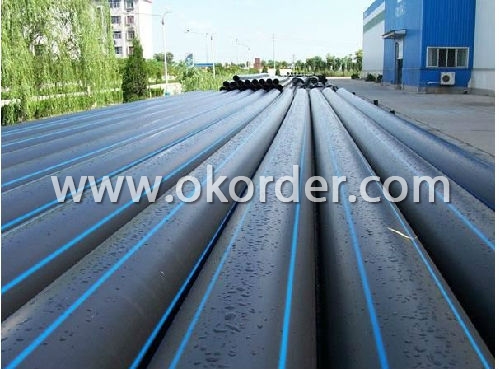
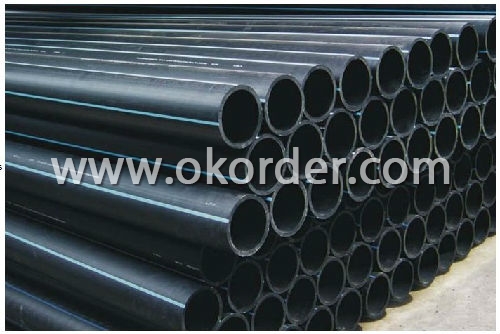
- Q: Do composite pipes expand or contract with temperature changes?
- Composite pipes typically expand with temperature changes.
- Q: Can composite pipes be easily repaired?
- Composite pipes can be repaired, but the process is not as simple as repairing traditional pipes. It requires specialized knowledge and skills to assess and fix any damages to the composite material.
- Q: Do composite pipes have a lower friction loss compared to metal pipes?
- Yes, composite pipes generally have lower friction loss compared to metal pipes. This is because composite materials have smooth internal surfaces that reduce friction and allow for better flow rates. Additionally, composite pipes are typically lighter, more flexible, and have better resistance to corrosion, which further contributes to lower friction loss.
- Q: Can composite pipes be used for CO2 transportation?
- Yes, composite pipes can be used for CO2 transportation. Composite pipes are made of materials such as fiberglass or carbon fiber reinforced polymers, which offer high strength, durability, and resistance to corrosion. These properties make them suitable for transporting CO2, as they can withstand the high pressure and corrosive nature of the gas. Additionally, composite pipes are lightweight, which reduces transportation costs and makes installation easier.
- Q: Do composite pipes require internal or external coatings?
- Composite pipes do not require internal or external coatings as they are already resistant to corrosion and have a smooth inner surface that prevents scale build-up.
- Q: Are composite pipes suitable for food processing facilities?
- Yes, composite pipes are suitable for food processing facilities. Composite pipes have excellent resistance to corrosion, chemicals, and bacteria growth, making them ideal for maintaining food safety standards. Additionally, their lightweight nature, ease of installation, and low maintenance requirements make them a practical choice for food processing facilities.
- Q: What are the advantages of plastic steel composite pipes?
- The utility model has the advantages of smooth inner wall, small frictional resistance and no fouling, and the outer wall is more beautiful and luxurious; 3, light weight, good toughness, shock resistance and high compressive strength; applicable temperature is wider from -30 DEG C to 100 DEG c;
- Q: Can composite pipes be recycled?
- Yes, composite pipes can be recycled. The recycling process involves separating the different materials used in the composite pipe, such as plastic and fiber reinforcement, and then recycling them individually. This helps to reduce waste and promote sustainability in the construction and infrastructure industries.
- Q: How do composite pipes perform in low-temperature environments?
- Composite pipes typically perform well in low-temperature environments. Due to their composition of multiple materials, including polymers and fibers, they have excellent resistance to extreme temperatures, making them highly durable and reliable even in freezing conditions. Additionally, the composite materials used in these pipes usually have low thermal conductivity, reducing heat transfer and preventing the pipes from becoming brittle or cracking. Overall, composite pipes offer a strong and efficient solution for transporting fluids in low-temperature environments.
- Q: What is the hydraulic efficiency of composite pipes?
- The hydraulic efficiency of composite pipes is generally high due to their smooth interior surface, which minimizes friction loss and allows for efficient fluid flow. Additionally, the composite materials used in these pipes are often lightweight and resistant to corrosion, resulting in minimal energy losses and improved overall efficiency.
1. Manufacturer Overview
| Location | Wuhan,China |
| Year Established | 1986 |
| Annual Output Value | US$2.5 Million - US$5 Million |
| Main Markets | Southeast Asia Africa Oceania Mid East Eastern Asia |
| Company Certifications | ISO9001-2008 |
2. Manufacturer Certificates
| a) Certification Name | |
| Range | |
| Reference | |
| Validity Period |
3. Manufacturer Capability
| a) Trade Capacity | |
| Nearest Port | Wuhan |
| Export Percentage | 71% - 80% |
| No.of Employees in Trade Department | Above 50 People |
| Language Spoken: | English, Chinese |
| b) Factory Information | |
| Factory Size: | 5,000-10,000 square meters |
| No. of Production Lines | 5 |
| Contract Manufacturing | OEM Service Offered;Design Service Offered;Buyer Label Offered |
| Product Price Range | Average |
Send your message to us
HDPE Composite Water Pipes
- Loading Port:
- China Main Port
- Payment Terms:
- TT or LC
- Min Order Qty:
- 5000 Meters m
- Supply Capability:
- 1000000 Meters m/month
OKorder Service Pledge
OKorder Financial Service
Similar products
Hot products
Hot Searches
Related keywords
